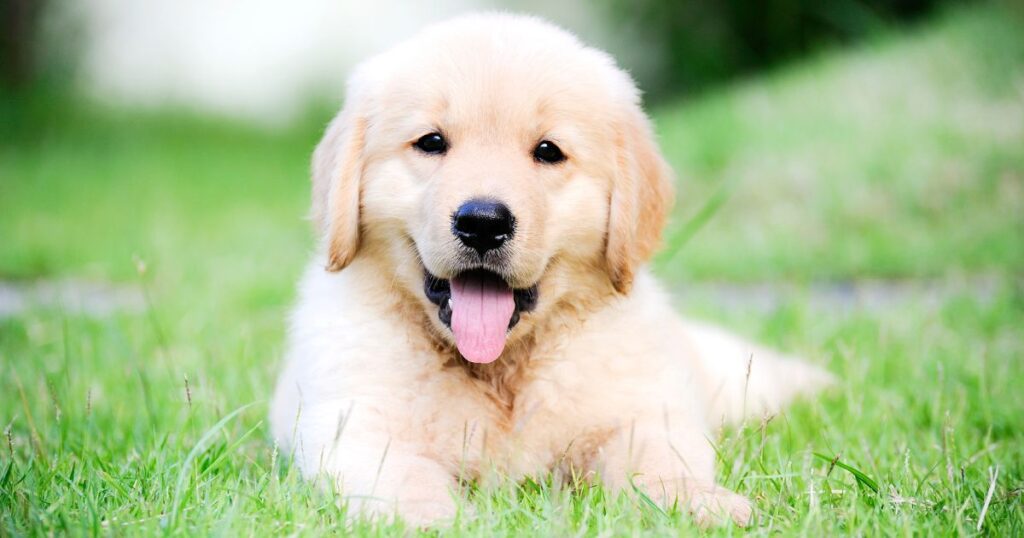
Determining the right moment to bring a puppy home can be an exciting yet daunting decision. Factors like personal commitments, seasons, and the puppy’s age all need to be carefully considered to ensure a smooth transition into their new environment. By knowing the optimal timing, future pet owners can create a nurturing and accommodating space for their new furry companion. When pinpointing the best timing, it’s essential to take one’s own circumstances into consideration. Having a period where there’s plenty of time for training and socializing is key to fostering a strong connection and ensuring the puppy’s overall happiness. As advised by experts at The Spruce Pets, the ideal time to welcome a puppy is when the owner can prioritize these vital aspects. Considering the puppy’s age is equally important in the adoption process. Most professionals recommend adopting a puppy at 7 to 8 weeks old, aligning with their crucial socialization phase. This period, as highlighted by Family Handyman, allows the puppy to acquire essential skills and adapt to their new surroundings with greater ease. The impact of isolation on puppies is significant.
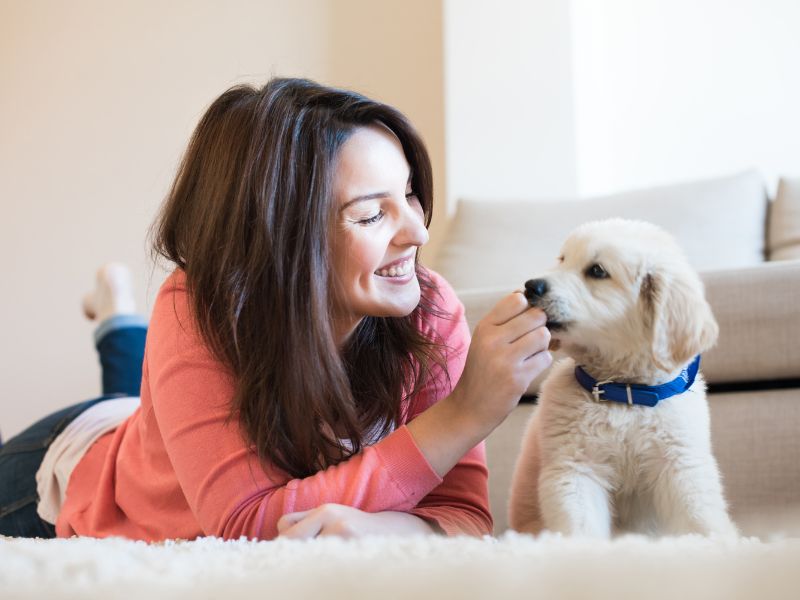
In times of isolation, like during a pandemic, many people think about getting a new puppy for companionship. While being at home more can be a great chance to bond with a new pet, it’s important to think about the puppy’s long-term well-being. One concern during isolation is socializing puppies. The first three months of a puppy’s life are vital for socialization, where they need to meet different people, animals, and environments for healthy development. Limited social interactions during isolation can make it challenging to socialize your new furry friend. However, there are ways to safely socialize your puppy during isolation. You can introduce them to household members, have socially-distanced visits with friends, or use technology like video calls to show them new faces and voices. Exploring different areas of your home, introducing new sounds, scents, and toys can also provide valuable experiences for your puppy. Creating a balanced routine is also important. Spending more time at home can lead to puppies becoming too attached to humans. It’s crucial to teach them how to be alone and gradually increase the time they spend without human interaction. This training will help them become more independent and ready for life after isolation. In summary, while isolation can be a chance to bond with a new puppy, it’s essential to consider the challenges of socialization and independence training during this time. By finding creative ways to socialize puppies safely and ensuring they learn to spend time alone, pet owners can help their new furry family members grow into well-adjusted and happy companions.
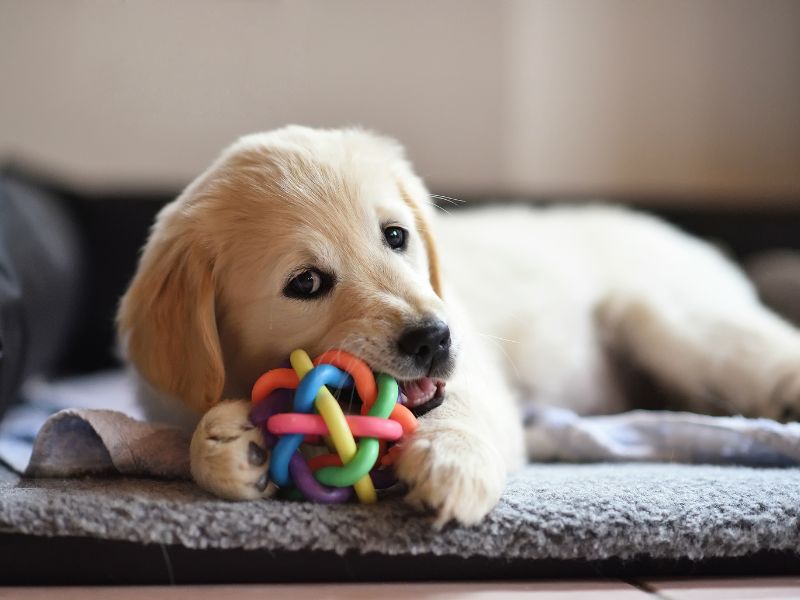
When bringing a new puppy into your home, it is important to focus on their socialization process. This helps them feel at ease in different settings and boosts their confidence in various situations. The first few months of a puppy’s life are key for their growth and behavior as they mature into adult dogs. Experts like WebMD stress the importance of early socialization in shaping a puppy’s reactions to new people, animals, and experiences. A well-socialized puppy tends to be more friendly, less anxious, and less aggressive compared to those who lack socialization. Responsible breeders, as recommended by the American Kennel Club, should start socializing puppies even before they are taken home by their new owners. This includes handling them gently and creating positive interactions during the initial weeks of their life. It is then up to the new owners to continue this socialization process early on to help the puppy adjust to different environments smoothly. According to AKC guidelines, puppies can start attending socialization classes at around 7 to 8 weeks old, given that they have received at least one round of vaccines a week prior to the first class. Additionally, engaging in safe socialization activities like visiting friends’ homes, taking car rides, and exposing them to various sights and sounds on a leash can also benefit their development. Preventive Vet recommends starting socialization activities one week after the puppy’s first vaccines, but it is crucial to avoid contact with other dogs outside of controlled environments until they have completed their vaccination schedule. This precaution ensures that your puppy stays healthy and happy throughout their socialization journey.

When someone brings home a new puppy, one of the most important things to focus on is socialization. This helps the puppy become a friendly, confident, and well-adjusted adult dog. An essential part of this process is introducing the young dog to different experiences, objects, sounds, and environments while they are still in their critical developmental period, which typically lasts until they are around 3 months old. The socialization period usually begins between 6-14 weeks of age and is crucial for the puppy’s overall behavioral development. Positive early encounters with other dogs, people, and various stimuli can have a significant impact on the puppy’s growth as a well-rounded pet. Responsible breeders, for instance, kick start the socialization process by gently handling the puppies from their early days. Here are some common steps to take when socializing a puppy: – Introduce the puppy to different kinds of people, from children to seniors, with different physical appearances and abilities. – Organize play dates with vaccinated and well-behaved puppies and adult dogs. – Expose the puppy to a variety of sounds like traffic, household noises, and different music genres. – Allow the puppy to walk on various surfaces like grass, pavement, wood, or tiles. – Help the puppy get comfortable with car rides by taking them on short trips. While the first 12-16 weeks are crucial, socialization shouldn’t stop there. Keep introducing the puppy to new experiences as they grow older to reinforce the lessons they’ve already learned. Remember, the early months of a puppy’s life are a window of opportunity for socialization that shouldn’t be missed.

When deciding on the optimal time to bring a new furry friend into your home, it’s important to consider the crucial period of socialization and development that occurs within the first 12 weeks of a puppy’s life. This timeframe is when they are most receptive to learning, making it an ideal opportunity to establish a strong foundation of training and bonding. While spring and summer are typically seen as the best seasons to welcome a new puppy due to the comfortable weather and longer daylight hours for outdoor activities, your own schedule and circumstances should also play a significant role in your decision. It’s important to ensure that you have the time and resources to dedicate to training, socializing, and establishing routines during this critical window of opportunity. Factors such as work commitments, financial readiness, and living space should all be taken into consideration before bringing a puppy home. It’s essential to have the flexibility in your schedule to spend quality time with your new pet, as well as the financial means to provide for their needs. Preparing to bring home a puppy involves researching breeds, finding a reputable breeder or shelter, and allowing for an adjustment period once they arrive. Ultimately, the best time to get a puppy is when you are able to fully commit to meeting their needs and providing the care and attention they require during this important stage of their development.

When trying to decide on the best time to add a new furry family member, think about what factors will ensure a successful transition for both you and the puppy. Spring and early to late summer are great seasons to bring a new puppy home since the weather is usually nice, making it easier to socialize and train them. Before bringing your new puppy home, make sure to set up their living space with their own bed, food and water bowls, and some toys. It’s also important to have AAFCO approved puppy food and training treats ready for them. Timing is key when bringing a new puppy into your life. If possible, try to get a puppy when you have some time off or when your schedule allows for plenty of bonding, training, and establishing a routine. Consistency and attention are crucial during the first few weeks with your new furry friend. Consider adopting a dog from a shelter or rescue organization when looking for a new puppy. This way, you can provide a loving home to a dog in need while also finding the perfect match for your family. Whether you’re looking for a purebred or a mixed breed, many rescue groups can help you find the right dog for you. Remember, it’s never too late to socialize an older dog, so don’t hesitate to give a loving home to a pup in need of a second chance.
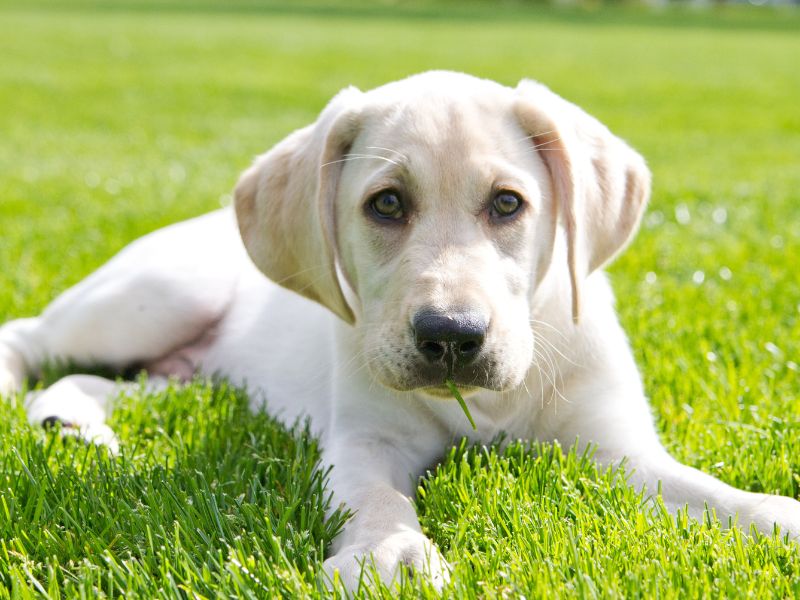
Training and socializing a dog plays a vital role in their overall well-being and mental health. Although it is commonly recommended to socialize a dog at a young age, it is still possible to socialize an adult dog with some extra time and effort. When socializing an older dog, creating a calm and positive atmosphere is key. Gradually introduce them to new people and experiences, using treats and praise to encourage them and build trust. It’s important to be aware that older dogs may have past traumas or fears that could make socialization more challenging. It’s crucial to understand what rewards motivate your dog the most and use them effectively. Group training classes or doggy play sessions can also be a great way to help an older dog socialize with other dogs in a supervised environment. This not only aids in their socialization but can also address any behavioral issues that may surface. A well-socialized older dog will lead a happier life and be better equipped to handle new situations and environments. Remember that each dog is unique, and it’s essential to practice patience, consistency, and positive reinforcement for successful socialization. In these times of social distancing, it is important to find creative ways to help your dog socialize safely and effectively.
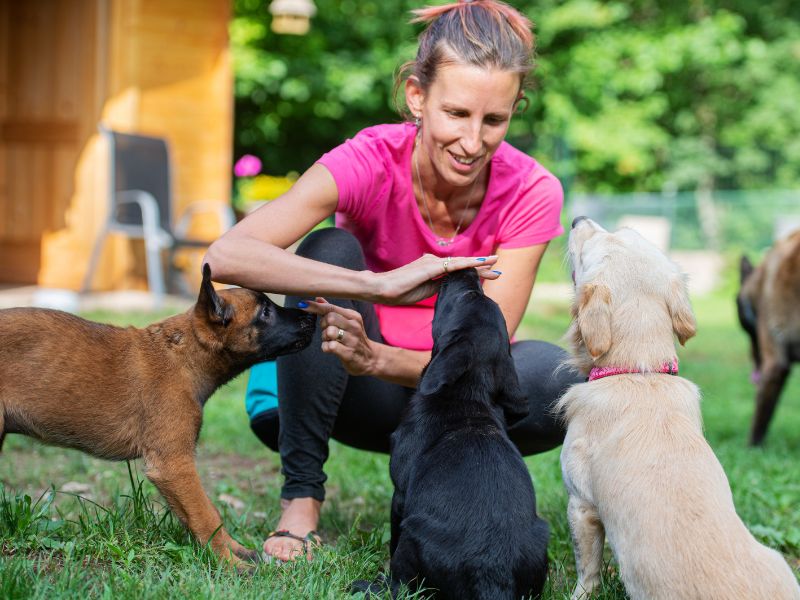
In times of social distancing, it can be tough to ensure your new puppy gets proper socialization. Puppies have a short window for optimal socialization, where exposure to different people, animals, and environments is crucial for their development. Despite the restrictions of social distancing, there are still ways to help your puppy grow into a well-adjusted adult dog. While large gatherings and trips to dog parks may be off-limits, there are alternative methods for socialization. One effective technique is to practice “look at that” training from a safe distance. When outside, use a clicker and tasty treats. Whenever your puppy looks at a person, another dog, or something new, click and reward them with a treat. This positive reinforcement helps your puppy associate new experiences with positive outcomes. You can also use your daily walks to gradually expose your puppy to different surfaces, sounds, and sights. This controlled exposure helps your puppy adjust to the world without getting overwhelmed. Your puppy can still observe people and other dogs from a distance and interact safely. Some tips for socializing your puppy while practicing social distancing include: – Teaching your puppy basic commands – Walking your puppy on various surfaces like grass, gravel, and pavement – Exposing your puppy to different sounds such as traffic and children playing – Supervised play sessions with controlled interactions between your puppy and other dogs With patience and creativity, you can overcome the challenges of social distancing while still giving your puppy valuable socialization experiences. The important thing is to remember that the right time for socialization is now.
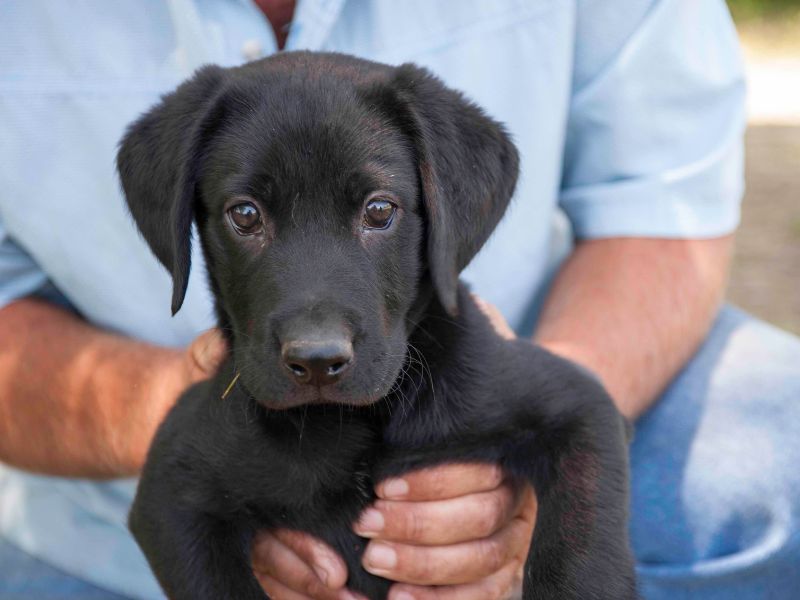
Have you recently welcomed a new furry friend into your life? Choosing the perfect time to get a puppy is essential for a successful integration into your family. It’s important to assess your readiness to provide love, care, and training for your new companion. Make sure your future plans align with the responsibilities of owning a dog, as mentioned by ScoutKnows. Consider the time you can dedicate to training and socializing your puppy. The Happy Puppy Site stresses the importance of socializing young pups to prevent aggression and promote friendliness. Training sessions will require daily commitment, ideally in short sessions of 10-20 minutes, twice a day. Seasons can also impact the ideal time to bring home a puppy. Top Dog Tips recommends spring and summer months as favorable due to the increased opportunities for outdoor activities and socialization. Warmer weather allows puppies to explore and adapt to their environment more easily. When deciding on the best time to bring home a puppy, consider their age. The American Kennel Club suggests that puppies are ideally brought home between 6 to 12 or 14 weeks old, during their critical socialization period. By taking these factors into consideration, you’ll be able to determine the perfect time to welcome a new puppy into your home and build a strong and fulfilling bond that will last for years to come.
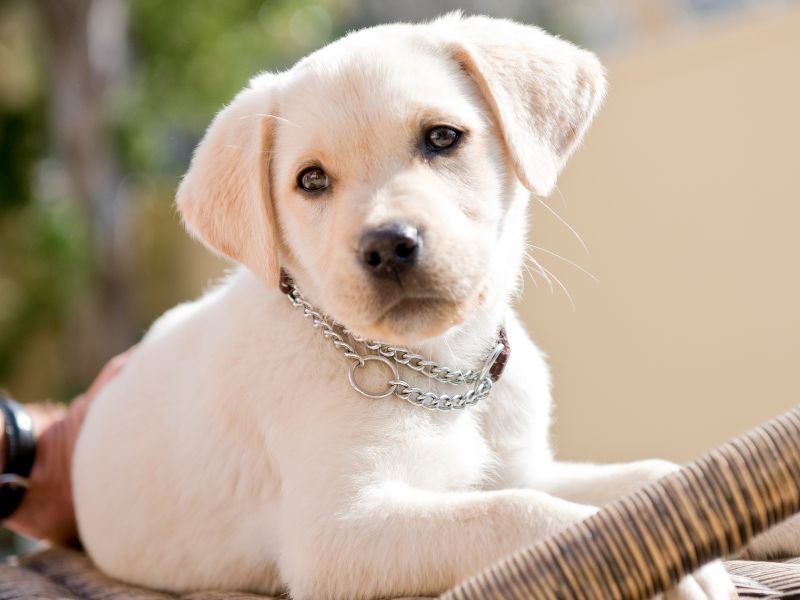
Welcoming a new puppy into your home is an exciting and heartwarming experience that leads to countless cherished memories. However, it’s important for new pet parents to focus on properly introducing their furry friends to new people, environments, and experiences to help them adjust smoothly. Given the current circumstances with the pandemic, owners may need to think outside the box when it comes to socializing their puppies. From playing various sounds to exposing them to different household items, there are plenty of ways to help puppies adapt to their new surroundings. When it comes to introducing new people to your puppy, it’s best to take things slow. Allowing only one person to interact with the pup at a time can help them feel more at ease and ensure a gradual adjustment. It’s normal for puppies to feel a bit nervous and overwhelmed in their new environment, so it’s essential to give them space and time to settle in. Postponing large gatherings and limiting the number of people handling the puppy initially can make the transition smoother for them. In conclusion, new dog owners should prioritize socializing their puppies while taking a measured approach to ensure a comfortable and stress-free transition for their furry companions.


